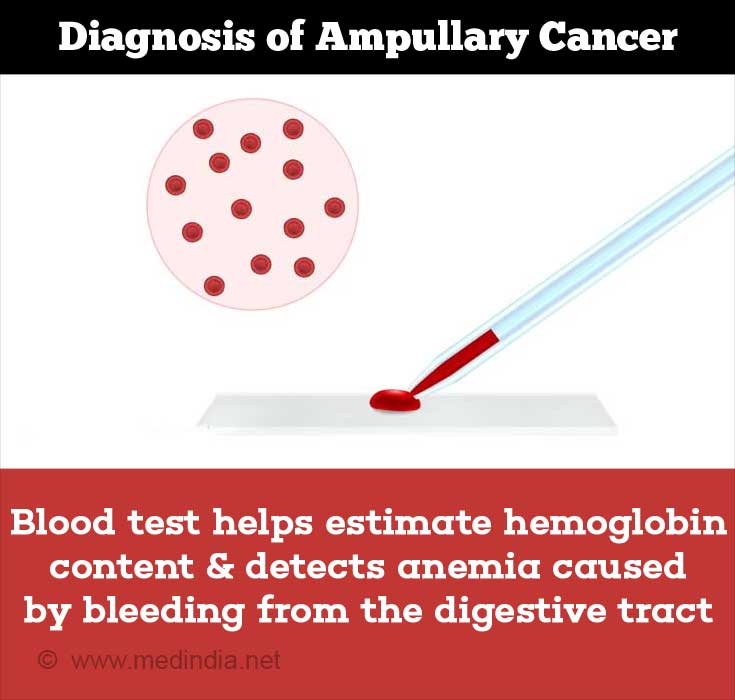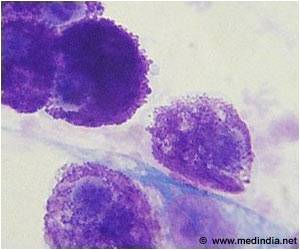- What is Ampullary Cancer? - (https://www.urmc.rochester.edu/encyclopedia/content.aspx?contenttypeid=134&contentid=37)
- About Ampullary Cancer - (https://www.hopkinsmedicine.org/health/conditions-and-diseases/ampullary-cancer)
- Synchronous Carcinoma of the Ampulla of Vater and Colon Cancer - (https://www.ncbi.nlm.nih.gov/pmc/articles/PMC3124321/)
- Imaging Features of Benign and Malignant Ampullary and Periampullary Lesions - (https://pubs.rsna.org/doi/full/10.1148/rg.343125191)
- Ampulla of Vater Carcinoma: Molecular Landscape and Clinical Implications - (https://www.ncbi.nlm.nih.gov/pmc/articles/PMC6247104/)
What is Ampullary Cancer?
Ampullary cancer is a rare cancer arising from the ampulla of Vater, the anatomical structure that connects the common bile duct and pancreatic duct to the small intestine. This structure regulates the flow of pancreatic juice and bile into the intestine through contraction and relaxation of the sphincter of Oddi, a muscle located at this junction.(1✔ ✔Trusted Source
What is Ampullary Cancer?
Go to source)
Cancers in the ampullary region can be true ampullary cancers (originating from the ampulla of Vater) or periampullary cancers (originating from nearby organs including the pancreas, bile duct, or intestines). True ampullary cancers typically are associated with a better survival rate than periampullary cancers.
Genetic factors play a major role in the development of ampullary cancer. In addition, other factors like cigarette smoking and presence of certain diseases could increase the risk of ampullary cancer.
The most common symptom is jaundice, or yellowing of the skin and eyes, which occurs in 80% of patients with ampullary cancer. This occurs because the tumor obstructs the flow of pancreatic and biliary juices into the intestine. This type of jaundice is referred to as “obstructive jaundice.” In 15% of patients, the gallbladder can be distended and palpable (felt by pressing in the right upper area of the abdomen). Other symptoms include fatigue, weight loss, and abdominal pain. Less commonly, patients may develop acute pancreatitis. Finally, one-third of patients may have bleeding from the tumor into their intestines, causing anemia and occasionally noticeable blood in the stool.
The diagnosis of ampullary cancer is based on a combination of imaging tests and endoscopy with ultrasound and biopsy. Once diagnosis, the cancer is then staged to determine the prognosis of the patient. In some cases, the cancer is resectable, and the patients undergo surgery to remove the same. In other cases, the cancer may be difficult to remove due to its spread. In such cases, palliative procedures like stenting may be performed(2✔ ✔Trusted Source
About Ampullary Cancer
Go to source) to relieve the obstruction of the bile duct and improve jaundice.
What are the Causes of Ampullary Cancer?
Genetic factors appear to play a role in the development of ampullary cancer.

- Patients with familial adenomatous polyposis have an increased risk of suffering from ampullary cancer. The incidence is higher in patients who have inflammatory bowel disease.
- Genetic factors too have been known to be the cause for such cancers. A gene that suppresses cancer cells growth gets mutated and can cause their proliferation (tumor suppressor genes such as p53)(3✔ ✔Trusted Source
Synchronous Carcinoma of the Ampulla of Vater and Colon Cancer
Go to source).
Other factors like cigarette smoking and diabetes mellitus may be associated with ampullary cancer.
What are the Symptoms and Signs of Ampullary Cancer?
Symptoms of ampullary cancer occur due to obstruction to the flow of the pancreatic and biliary secretions into the intestine.
Symptoms and signs of ampullary cancer include:
- Intermittent or persistent jaundice
- Loss of appetite
- Weight loss
- Anemia with or without symptoms of bleeding from the digestive tract
- Itching
- Abdominal pain

- Nausea and vomiting
- Acute pancreatitis
- Back pain, which may be a sign of advanced stage
- Fever
- Diarrhea, which may be due to lack of pancreatic enzymes in the gut to digest the food
- The gall bladder which stores bile may be distended and felt on examination. This sign is called the Courvoisier sign.
How can we Diagnose Ampullary Cancer?
A diagnosis of ampullary cancer typically requires radiographic imaging tests as well as endoscopy to obtain tissue biopsy. Blood tests can also aid in the diagnosis or determining if there are complications associated with the condition.
Laboratory studies:
Blood tests include:
- Estimation of hemoglobin content which can detect anemia caused by bleeding from the digestive tract.

- Liver function tests which include serum bilirubin, amylase, alkaline phosphatase and amino transferase levels, and coagulation profile. The liver function tests are affected in ampullary cancer.
Urine Analysis:
- Urine tests indicate obstructive jaundice.
Tumor Markers:
- Tumor markers are certain substances released into the blood that indicate the presence of a particular tumor. There are no specific tumor markers for ampullary cancer, which could ascertain the presence of the cancer. However, carbohydrate antigen 19-9 (CA 19-9) may be elevated in ampullary cancer. Carcinoembryonic antigen (CEA) levels also increase. It is important to note that both of these blood tests can be elevated in other diseases, as well.
Imaging Studies:
- Ultrasound helps to rule out gallstones. Endoscopic ultrasonography (EUS) is found to be more sensitive tool for diagnosis and staging of ampullary cancer and can identify tumors less than 1 cm size.
- CT scans may not be able to diagnose small ampullary lesions, but can identify signs in the region around the ampulla that may be associated with the cancer.
- MRI with magnetic resonance cholangiopancreatography is among the most sensitive imaging tests used to detect ampullary cancer.
- CT of the chest helps to detect any spread to the lungs.(4✔ ✔Trusted Source
Imaging Features of Benign and Malignant Ampullary and Periampullary Lesions
Go to source)
Endoscopic Procedures:
- Endoscopy can be used to directly visualize the cancer and obtain a biopsy sample.
How can Ampullary Cancer be Treated?
Surgery is the primary treatment for ampullary cancer. Advanced cases may be treated with stents and palliative treatment.
Treatment of ampullary cancer is based on the size and stage of the tumor. Treatment options include the following:
- A Whipple procedure can offer a surgical cure in select cases. In this procedure, the lower half of the stomach, gallbladder, distal common bile duct, head of the pancreas, the upper parts of the small intestines and regional lymph nodes are removed. The remaining part of the stomach, biliary tree, and pancreas are attached to the cut end of the small intestine.(5✔ ✔Trusted Source
Ampulla of Vater Carcinoma: Molecular Landscape and Clinical Implications
Go to source) - Endoscopic ampullectomy can also be performed depending on the size and location of the tumor. In this procedure, during an endoscopy, the cancer is removed without the need to have surgery.
- Biliary stents may be placed endoscopically or through a skin incision to relieve the jaundice caused due to obstruction following the cancer.
- The benefits of chemotherapy and radiotherapy in the treatment of this cancer have not been established.













